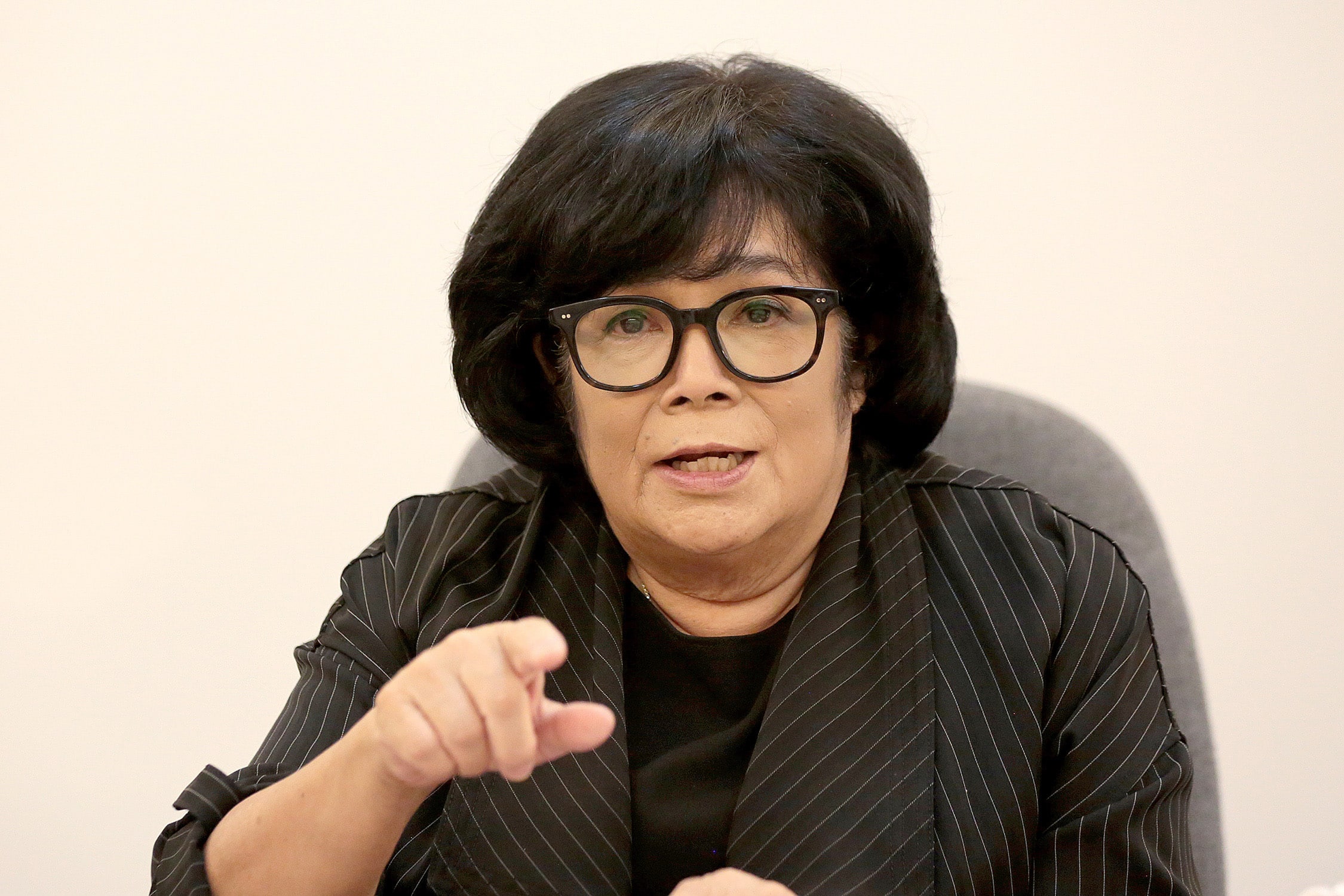
Maria Antonia Yulo-Loyzaga —GRIG C. MONTEGRANDE
More than 4,000 delegates from 69 countries are gathering this week as the Philippines hosts a major international conference on disaster risk reduction and climate related issues particularly affecting the Asia-Pacific region.
To be held from Oct. 14 to Oct. 18 at the Philippine International Convention Center (PICC) in Pasay City, the 2024 Asia-Pacific Ministerial Conference for Disaster Risk Reduction (APMCDRR) provides a review of current efforts, new technologies, insights and policy directions on impact mitigation, while mustering stronger multisectoral commitments to address the global challenge.
Malacañang on Thursday ordered the suspension of classes and work in government offices in Manila and Pasay on Oct. 14 and 15 in view of the large number of participants converging at the PICC for the biennial conference.
President Marcos is expected to speak at the grand opening ceremony on the morning of Oct. 15.
Being held also in partnership with the United Nations Office for Disaster Risk Reduction (UNDRR), the event brings together various groups from the government, civil society, the private sector, the scientific community and the academe.
It will hear from experts, advocates and decision-makers as they talk about the latest solutions to make communities and entire nations more adaptive, cooperative and resilient amid the growing intensity of natural calamities.
Multistakeholder
From the Philippines, among the expected topics are the increasing involvement of local governments and the first attempts to use artificial intelligence (AI) in disaster risk mitigation, among others.
According to Secretary Maria Antonia Yulo-Loyzaga of the Department of Environment and Natural Resources (DENR), the agency in the thick of preparations for the conference, the UN now considers the country as a “model” in disaster risk reduction due to its “strategic engagements across sectors [and] local governments in its decision support systems.”
This multistakeholder approach will be showcased in a partner event organized by the DENR that will highlight Project Transform, which Loyzaga said had helped local government units (LGUs) improve climate change resilience by harnessing “science and technology with local and traditional knowledge to inform both policy and practice,” according to the program’s description at the UNDRR’s website.
The APMCDRR “aims to help LGUs address roadblocks by looking at successful interventions around the region,” she said in a recent statement.
Also to be discussed is the use of multi-hazard early warning systems, as demonstrated in countries like Japan, Bangladesh and the Caribbean nations. In the Philippines, a prime example would be their application in Makati City.
The conference will also “spotlight how satellites, drones and artificial intelligence can transform disaster risk reduction,” with discussions to be led by Secretary Renato Solidum Jr. of the Department of Science and Technology.
“AI has become crucial to achieving resilience with the growing frequency of disasters,” according to the DENR. “In recent years, the Philippines has advanced its disaster management through AI-powered tools.”
Among these initiatives is GeoRiskPH, led by the Philippines Institute of Volcanology and Seismology, which generates hazard maps that allow for the monitoring of earthquakes, floods and typhoons, and helps local officials in crafting disaster risk reduction plans.
‘Stark projection’
The Philippine Space Agency alongside the European Space Agency will also hold a partner event focusing on the Copernicus Capacity Support Action Programme for the Philippines, which has helped the country in disaster mitigation and climate change adaptation through data provided by the Sentinel satellites of the European Union.
The biennial conference serves as the main platform for the implementation of the 2015 Sendai Framework for Disaster Risk Reduction, which calls for the “substantial reduction” of disaster risk and loss of lives, livelihoods as well as economic, physical, social, cultural and environmental assets.
The UNDRR has warned “disasters are expected to increase by 40 percent by 2030. This stark projection indicates that countries are going off course from the goal they set in the global blueprint for disaster risk reduction, the Sendai Framework for Disaster Risk Reduction 2015-2030.”
“We need all hands on deck, including leaders from governments, civil society, academia, the private sector and communities,” the UN agency said in a statement posted on its website related to the upcoming conference.

